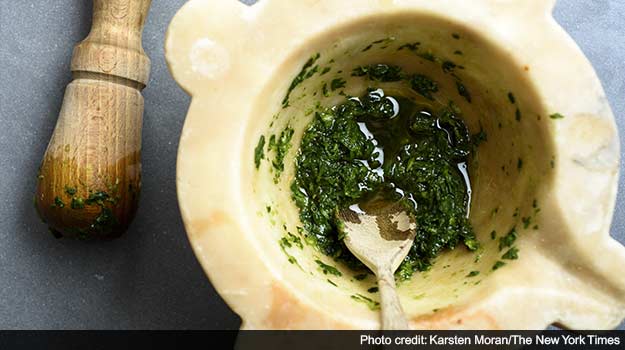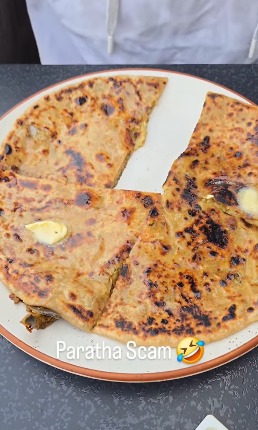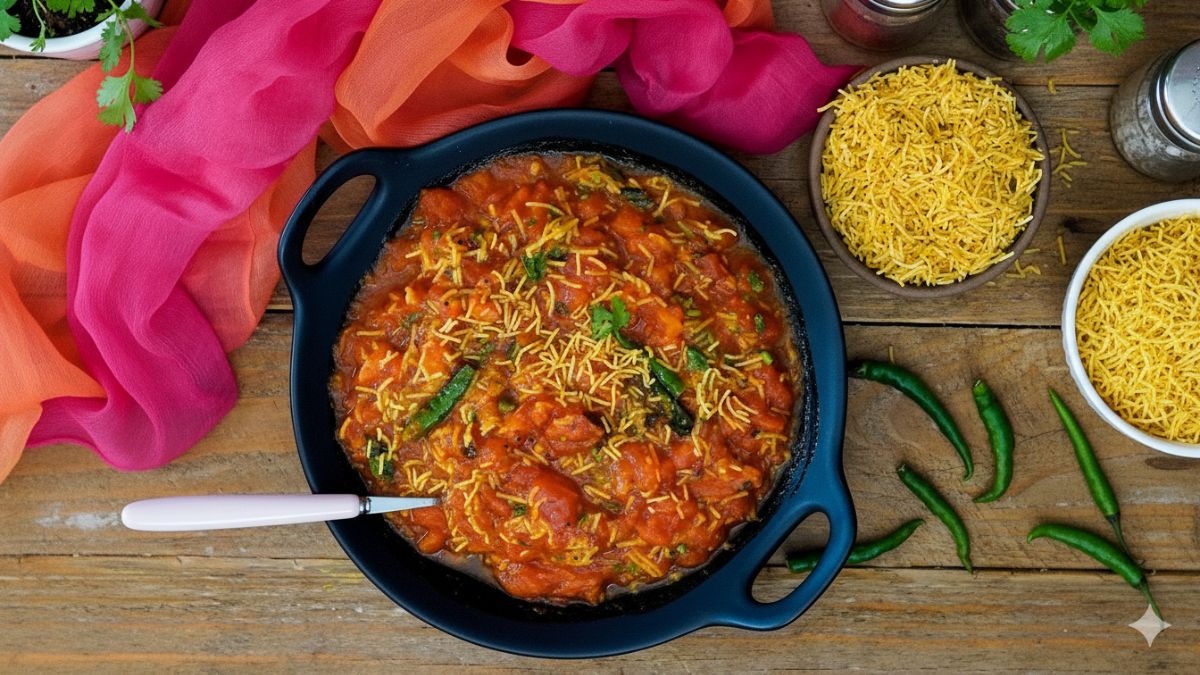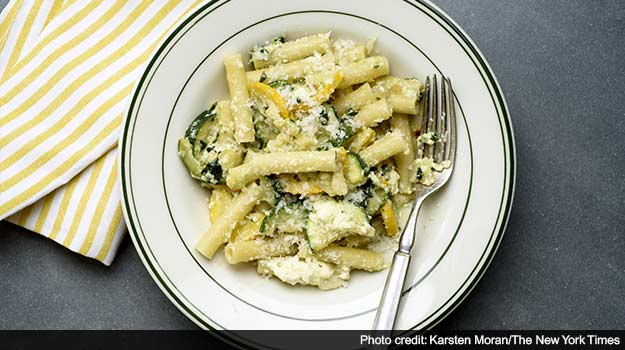A recent trip to Sicily reminded me just how marvellous fresh ricotta can be. I had the chance to visit a family-run sheep dairy to observe a cheese master at work. The farm produces pecorino cheese, both young and aged, and ricotta too, which is essentially a by-product of the cheese-making process.Twice each day, 500 sheep are milked by hand, which produces 400 litres (about 100 gallons) of milk, enough to fill a giant vat. After the cheese curds are ready and scooped into moulds, the remaining whey - a thin, watery-looking liquid - is transferred to a huge kettle, heated beneath by a wood fire. When the whey reaches the proper temperature, after about an hour, the most incredibly delicate ricotta floats to the surface. The name ricotta means recooked, but it still seems miraculous that this second cooking could achieve such ethereal results.Sheep’s milk ricotta is becoming more available in the United States, both from U.S. producers and as an imported product. Better cheese shops and Italian delis stock it. The ricotta needs to be ultra fresh, so try to buy it as soon as it comes in, and use it within two days. Or ask for fresh cow’s milk ricotta, which can also be divine. Both are far superior to the generic type found in most supermarkets. You could also join the growing ranks of homemade cheese enthusiasts and try your hand making it yourself.
 In Sicily (all over Italy, for that matter), ricotta has a variety of uses, both savoury and sweet. It is a common filling for ravioli and lasagne, or it can be turned into tender gnocchi. Lightly sweetened, it is also an element in desserts - for ice cream, or ricotta cream for cannoli, or for the traditional cake, cassata.But fresh ricotta is perhaps best when employed to make a wonderful rudimentary pasta, especially this time of year, when garden-fresh, just-picked vegetables abound.Here is the technique: While your pasta is boiling, you soften a diced onion in olive oil. Then you add chopped zucchini (or peas, or split cherry tomatoes) and let it soften as well. When the pasta is al dente, it joins the zucchini in the pan, followed by a good dollop of ricotta and a splash of the pasta’s cooking water. The ricotta melts to a creamy cloak, and a handful of grated pecorino or Parmesan brings it all together. I also add a touch of lemon zest and a spoonful of basil pesto.
In Sicily (all over Italy, for that matter), ricotta has a variety of uses, both savoury and sweet. It is a common filling for ravioli and lasagne, or it can be turned into tender gnocchi. Lightly sweetened, it is also an element in desserts - for ice cream, or ricotta cream for cannoli, or for the traditional cake, cassata.But fresh ricotta is perhaps best when employed to make a wonderful rudimentary pasta, especially this time of year, when garden-fresh, just-picked vegetables abound.Here is the technique: While your pasta is boiling, you soften a diced onion in olive oil. Then you add chopped zucchini (or peas, or split cherry tomatoes) and let it soften as well. When the pasta is al dente, it joins the zucchini in the pan, followed by a good dollop of ricotta and a splash of the pasta’s cooking water. The ricotta melts to a creamy cloak, and a handful of grated pecorino or Parmesan brings it all together. I also add a touch of lemon zest and a spoonful of basil pesto.
It is a dish of utter simplicity, yet it tastes, to me at least, like the height of luxury. Summer Pasta With Zucchini, Ricotta and BasilTime: 30 minutes
Summer Pasta With Zucchini, Ricotta and BasilTime: 30 minutes
Yield: 4 to 6 servingsExtra-virgin olive oil
1 small onion, finely diced
2 pounds zucchini, sliced into 1/4-inch thick pieces (for larger zucchini, cut in half lengthwise before slicing)
Salt and pepper
2 garlic cloves, minced, or 2 tablespoons chopped green garlic
1 ounce basil, about 2 cups loose leaves
1 pound ziti or other dry pasta
8 ounces ricotta, about 1 cup
Pinch of crushed red pepper
Zest of 1 lemon
2 ounces grated Parmesan, pecorino or a mixture, about 1 cup, plus more for serving 1. Put a pot of water on to boil. In a large skillet over medium-high heat, cook the onions in 3 tablespoons olive oil until softened, 5 to 8 minutes. Reduce heat as necessary to keep onions from browning. Add zucchini, season generously with salt and pepper, and continue cooking, stirring occasionally until rather soft, about 10 minutes. Turn off heat.
1. Put a pot of water on to boil. In a large skillet over medium-high heat, cook the onions in 3 tablespoons olive oil until softened, 5 to 8 minutes. Reduce heat as necessary to keep onions from browning. Add zucchini, season generously with salt and pepper, and continue cooking, stirring occasionally until rather soft, about 10 minutes. Turn off heat.
2. Meanwhile, use a mortar and pestle to pound garlic, basil and a little salt into a rough paste (or use a mini food processor). Stir in 3 tablespoons olive oil.
3. Salt the pasta water well and put in the pasta, stirring. Boil per package instructions but make sure to keep pasta quite al dente. Drain pasta, reserving 1 cup of cooking water.
4. Add cooked pasta to zucchini in skillet and turn heat to medium-high. Add 1/2 cup cooking water, then the ricotta, crushed red pepper and lemon zest, stirring to distribute. Check seasoning and adjust. Cook for 1 minute more. Mixture should look creamy. Add a little more pasta water if necessary. Add the basil paste and half the grated cheese and quickly stir to incorporate. Spoon pasta into warm soup plates and sprinkle with additional cheese. Serve immediately.© 2015 New York Times News Service
 In Sicily (all over Italy, for that matter), ricotta has a variety of uses, both savoury and sweet. It is a common filling for ravioli and lasagne, or it can be turned into tender gnocchi. Lightly sweetened, it is also an element in desserts - for ice cream, or ricotta cream for cannoli, or for the traditional cake, cassata.But fresh ricotta is perhaps best when employed to make a wonderful rudimentary pasta, especially this time of year, when garden-fresh, just-picked vegetables abound.Here is the technique: While your pasta is boiling, you soften a diced onion in olive oil. Then you add chopped zucchini (or peas, or split cherry tomatoes) and let it soften as well. When the pasta is al dente, it joins the zucchini in the pan, followed by a good dollop of ricotta and a splash of the pasta’s cooking water. The ricotta melts to a creamy cloak, and a handful of grated pecorino or Parmesan brings it all together. I also add a touch of lemon zest and a spoonful of basil pesto.
In Sicily (all over Italy, for that matter), ricotta has a variety of uses, both savoury and sweet. It is a common filling for ravioli and lasagne, or it can be turned into tender gnocchi. Lightly sweetened, it is also an element in desserts - for ice cream, or ricotta cream for cannoli, or for the traditional cake, cassata.But fresh ricotta is perhaps best when employed to make a wonderful rudimentary pasta, especially this time of year, when garden-fresh, just-picked vegetables abound.Here is the technique: While your pasta is boiling, you soften a diced onion in olive oil. Then you add chopped zucchini (or peas, or split cherry tomatoes) and let it soften as well. When the pasta is al dente, it joins the zucchini in the pan, followed by a good dollop of ricotta and a splash of the pasta’s cooking water. The ricotta melts to a creamy cloak, and a handful of grated pecorino or Parmesan brings it all together. I also add a touch of lemon zest and a spoonful of basil pesto.It is a dish of utter simplicity, yet it tastes, to me at least, like the height of luxury.
 Summer Pasta With Zucchini, Ricotta and BasilTime: 30 minutes
Summer Pasta With Zucchini, Ricotta and BasilTime: 30 minutesYield: 4 to 6 servingsExtra-virgin olive oil
1 small onion, finely diced
2 pounds zucchini, sliced into 1/4-inch thick pieces (for larger zucchini, cut in half lengthwise before slicing)
Salt and pepper
2 garlic cloves, minced, or 2 tablespoons chopped green garlic
1 ounce basil, about 2 cups loose leaves
1 pound ziti or other dry pasta
8 ounces ricotta, about 1 cup
Pinch of crushed red pepper
Zest of 1 lemon
2 ounces grated Parmesan, pecorino or a mixture, about 1 cup, plus more for serving
 1. Put a pot of water on to boil. In a large skillet over medium-high heat, cook the onions in 3 tablespoons olive oil until softened, 5 to 8 minutes. Reduce heat as necessary to keep onions from browning. Add zucchini, season generously with salt and pepper, and continue cooking, stirring occasionally until rather soft, about 10 minutes. Turn off heat.
1. Put a pot of water on to boil. In a large skillet over medium-high heat, cook the onions in 3 tablespoons olive oil until softened, 5 to 8 minutes. Reduce heat as necessary to keep onions from browning. Add zucchini, season generously with salt and pepper, and continue cooking, stirring occasionally until rather soft, about 10 minutes. Turn off heat.2. Meanwhile, use a mortar and pestle to pound garlic, basil and a little salt into a rough paste (or use a mini food processor). Stir in 3 tablespoons olive oil.
3. Salt the pasta water well and put in the pasta, stirring. Boil per package instructions but make sure to keep pasta quite al dente. Drain pasta, reserving 1 cup of cooking water.
4. Add cooked pasta to zucchini in skillet and turn heat to medium-high. Add 1/2 cup cooking water, then the ricotta, crushed red pepper and lemon zest, stirring to distribute. Check seasoning and adjust. Cook for 1 minute more. Mixture should look creamy. Add a little more pasta water if necessary. Add the basil paste and half the grated cheese and quickly stir to incorporate. Spoon pasta into warm soup plates and sprinkle with additional cheese. Serve immediately.© 2015 New York Times News Service
Advertisement








